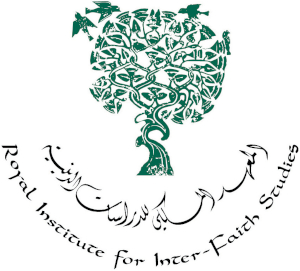Prospects for the American age : sovereignty and influence in the new world order / Jamal Sanad Al-Suwaidi.
Material type: TextLanguage: English Original language: Arabic Publisher: Abu Dhabi : [Emirates Center for Strategic Studies and Research], 2014Edition: First editionDescription: xv, 870 pagesContent type:
TextLanguage: English Original language: Arabic Publisher: Abu Dhabi : [Emirates Center for Strategic Studies and Research], 2014Edition: First editionDescription: xv, 870 pagesContent type: - text
- text
- text
- spoken word
- unmediated
- unmediated
- computer
- audio
- computer
- volume
- volume
- computer disc
- computer disc
- 9789948148593 (hbk.)
- 9948148592 (hbk.)
- 9789948148586 (pbk.)
- 9948148584 (pbk.)
- 9789948148609 (ebook)
- 9948148606 (ebook)
- Āfāq al-ʻaṣr al-Amrīkī.
- 327.1 J A M
| Item type | Current library | Call number | Status | Date due | Barcode | |
|---|---|---|---|---|---|---|
 Books
Books
|
Royal Institute for Inter-Faith Studies | 327.1 J A M (Browse shelf(Opens below)) | Available | 002773 |
Browsing Royal Institute for Inter-Faith Studies shelves Close shelf browser (Hides shelf browser)
Issued with a CD-ROM containing an audio book version and a USB key card containing an ebook version.
Includes bibliographic references (pages 771-843) and index.
Preface -- A thesis on the power structure of the new world order -- The new world order : features and concepts -- Factors influencing the structure of the new world order -- The new world order : decisive junctures -- The new world order : economy, trade and energy -- Public opinion and the new world order : a survey of the UAE population -- Prospective structural changes and their consequences for the new world order -- The new world order : future outlook -- Conclusion -- Appendices -- Notes -- Bibliography -- Index.
"The main premise of the book is that the United States of America may be considered the dominant pole in the new world order, and that the world will continue to exist in an American age that is expected to extend for at least a further five decades. The qualitative supremacy of the United States of America has proven inescapable according to the data, statistics and information presented in this book, as well as the scales and variables of comparison adopted by the author in terms of economics, military advancement, energy resources, transportation, education, culture, and technological progress. According to these standards, the structure of the new world order may be described as a hierarchy, with the United States of America alone at the top, followed by a second tier comprising Russia, China and the European Union, a third tier consisting of Japan, India and Brazil, followed by the rest of world. The introduction to this book may be considered a basic foundation for the analysis presented in the following seven chapters, which examine the emergence, current status, and future of the new world order in its various dimensions."--
There are no comments on this title.
